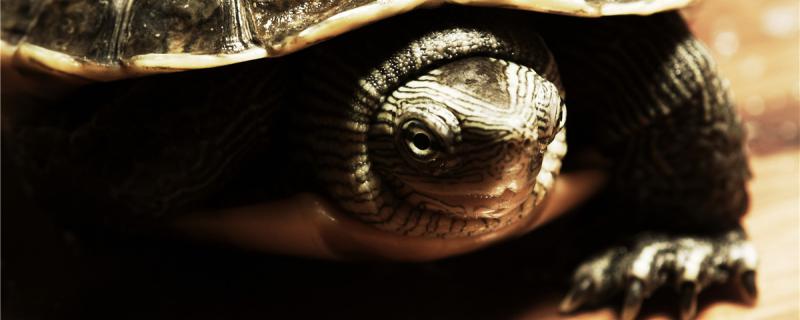
in winter? Domestic tortoises usually do not release water in winter because they need to hibernate in the sand. Usually before hibernation, besides stopping eating and cooling down, they also provide sand or coconut soil so that they can get into it for the winter. The reason for choosing such an environment is that it can keep warm and moist, so as not to affect its survival after the temperature continues to drop, and the humid environment can also prevent dehydration. If you hibernate in the open space, the risk is still very high.
of hibernation? 1. Promoting maturity: For tortoises, the greatest benefit of hibernation is that it can promote maturity. Maturity here mainly refers to sexual maturity, that is, tortoises that hibernate can enter the reproductive state faster than those that do not hibernate. However, because domestic turtles rarely breed, it is possible not to hibernate.
2. Enhance physical fitness: Although tortoises do not eat during hibernation, they also exercise their bodies through winter, so they can enhance their physical fitness. It should be noted that the premise of physical exercise is that the tortoise itself is relatively strong. If the tortoise is relatively small and thin, hibernation may die directly, but it will not play any role.
3. Reduce costs: Tortoise hibernation is also good for turtle breeders. It can reduce the cost of raising turtles. Because if you don't hibernate, you have to heat it up for the winter, which requires special heating equipment, regular water changes, and feeding in other seasons, while hibernation only requires spraying water to keep it moist.